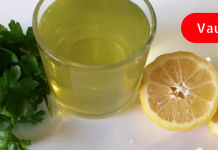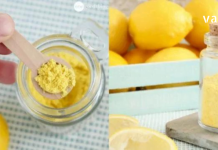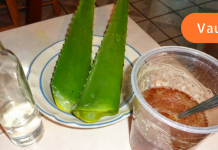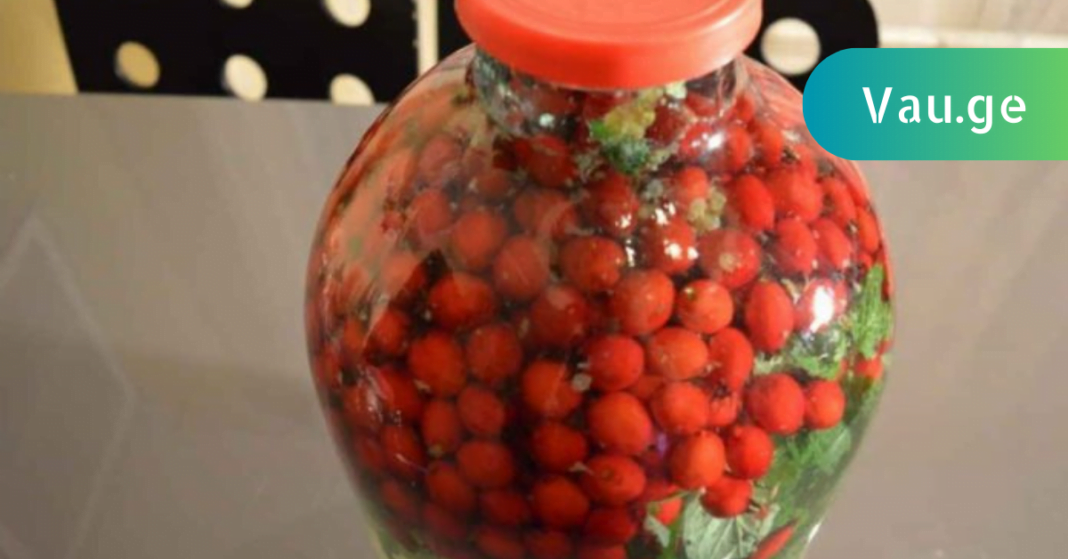Gout, also known as podagra, is a fairly common disease in our region. Despite this, people’s knowledge about it is often limited to the damage and pain in the joint of the big toe. Indeed, this disease is characterized primarily by damage to the joints of the lower extremities, as reflected in the name “podagra,” which originates from Greek and literally means “foot trap” in Georgian.
However, gout can cause much more serious damage, not only to other joints but also to internal organs, especially the kidneys, which demands thorough treatment. Gout is a systemic disease caused by a disturbance in purine metabolism, which is influenced by genetic predisposition and dietary factors.
This condition is accompanied by a significant increase in uric acid compounds in the body and their deposition in various tissues. The disease is characterized by hyperuricemia (an increased concentration of uric acid in the blood serum) and the accumulation of urate crystals (uric acid salts) in the joints. This leads to reactive inflammation of the joints, as well as damage to internal organs, particularly the kidneys and the vascular system.
Genetics and Diet
Genetic predisposition is revealed through disorders in the metabolism of certain enzymes, which in turn causes a sharp increase in the synthesis of purines. During gout, the kidneys’ ability to excrete uric acid is impaired, resulting in elevated uric acid levels in the blood — a condition known as hyperuricemia. Dietary habits involve excessive consumption of foods rich in purines, fats, carbohydrates, and alcohol.
Home Remedies
Here are some effective traditional recipes that you can prepare at home to help with gout:
- Red Currant Infusion
Steep red currants as tea (20 grams per one cup of boiling water). Take one tablespoon 3-4 times daily. - Herbal Mixture
Mix 20 grams each of bird cherry, chamomile flowers, buckthorn flowers, and great mullein flowers. Place the mixture in a porcelain container, pour 1 liter of boiling water over it, cover tightly, and place it in a hot water bath for 15 minutes. Then let it cool to room temperature and strain, squeezing out the remaining mass. Fill up to one liter with boiled water and refrigerate. Take half to one cup four times a day, 30 minutes before meals. The mixture should be stored for no more than three days. - Mary’s Thistle Tea
Pour 2 cups of boiling water over 3 teaspoons of Mary’s thistle and let it steep for 2 hours in a covered container. Then strain and take half a cup four times daily before meals.
Additional Recommendations for Gout Flare-Ups
During an acute gout attack, apply nettle to the painful joint and, in the morning, clean it with kerosene. Also, drink an infusion made from garlic and lemon every morning.
Alongside phytotherapy, consume apples either 40-60 minutes before meals or 2-3 hours after eating, twice a day.
Gout is a complex disease that requires a comprehensive approach combining genetic understanding, dietary control, and supportive herbal treatments. The remedies mentioned above have long been used in traditional medicine and can complement conventional treatment. However, it is always advisable to consult a healthcare professional for a full diagnosis and appropriate medical care.


















